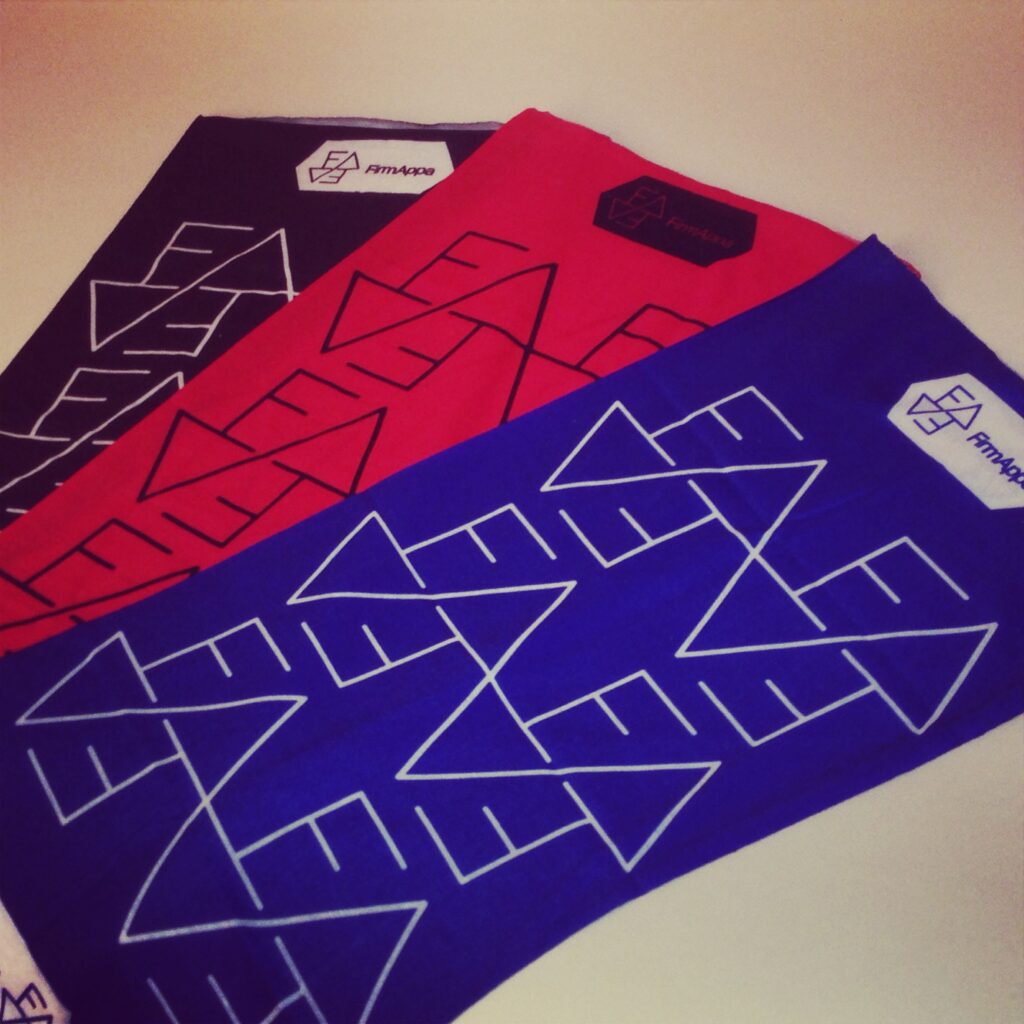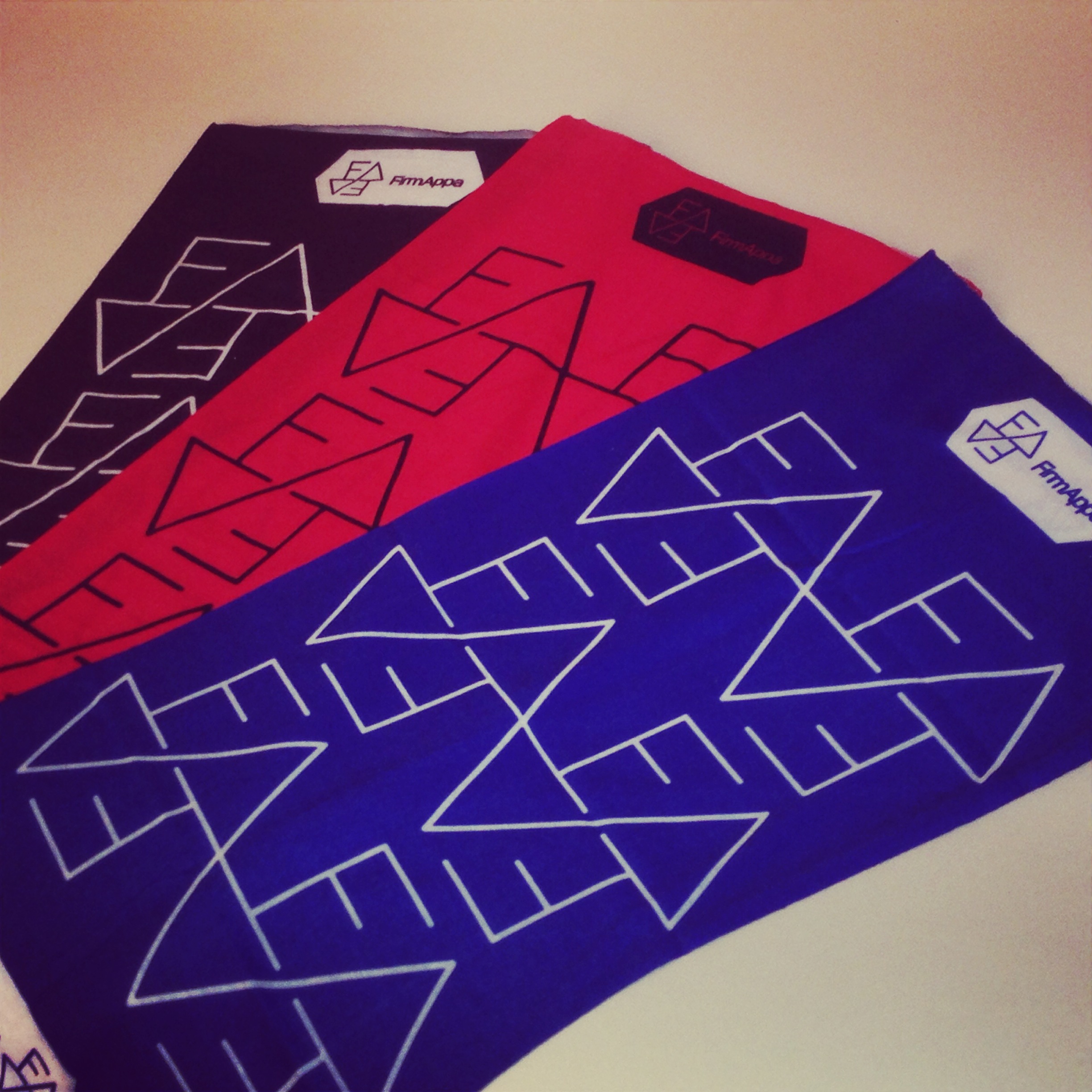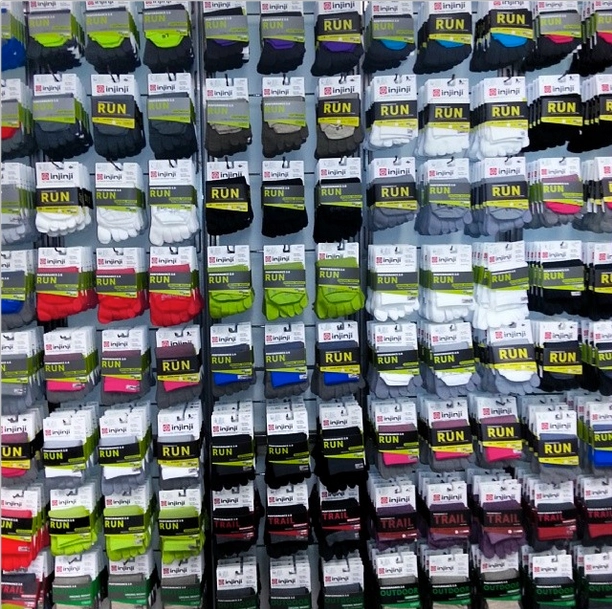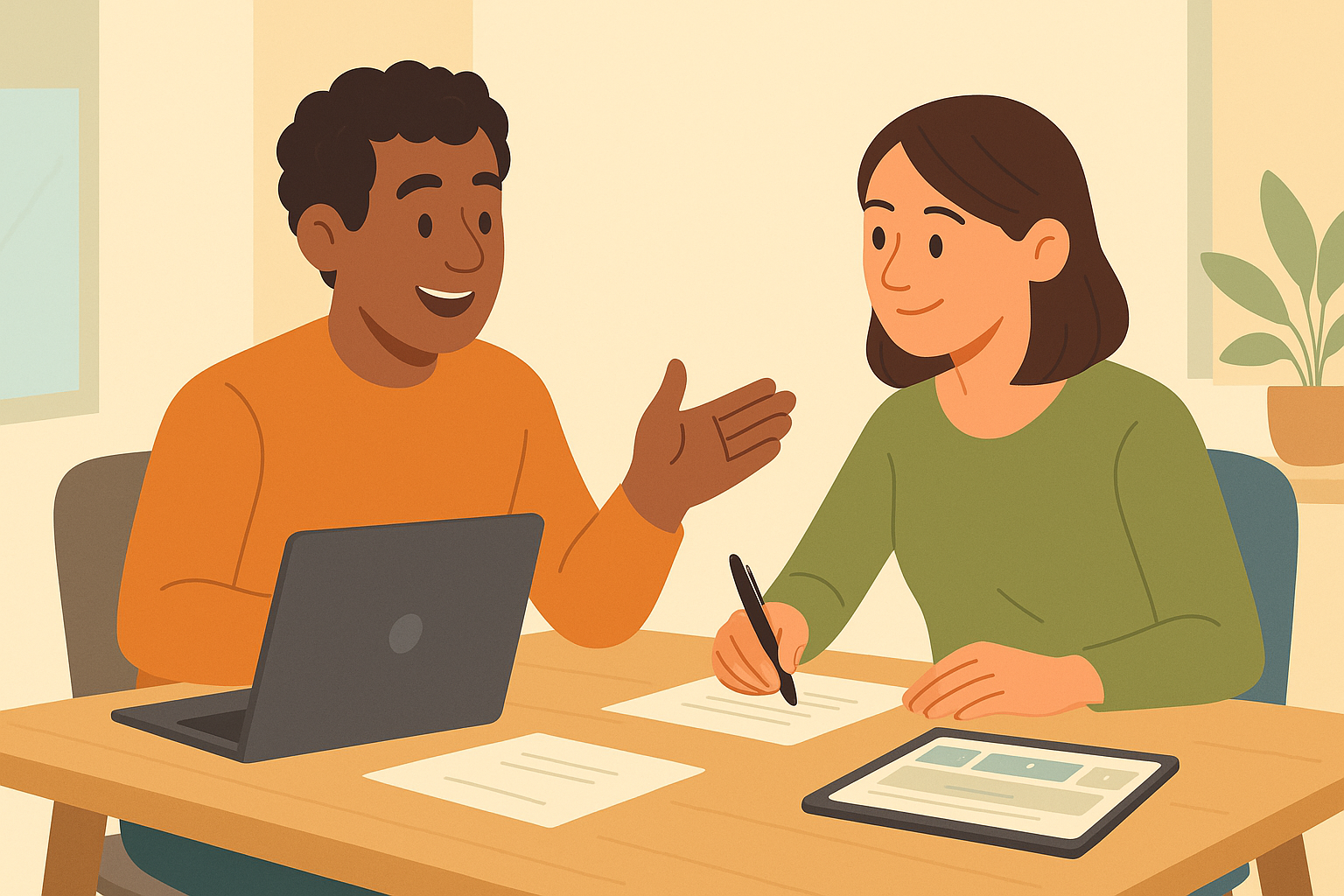The £1 product that built a six-figure B2B business
Sometimes the best opportunities aren’t the ones you plan for.
Everyone knew Feetus for Vibram FiveFingers: those distinctive toe shoes that looked like gloves for your feet. What they didn’t know was that while competitors fought over shoe margins, I was quietly building a profitable promotional apparel business on the side.
It started in 2013 with a simple customer retention tactic. At Feetus, I began including a free branded buff (which I called a ‘Fappa’) with every order over £50. The genius wasn’t in the product itself, but in the pricing psychology. These buffs cost me anywhere from 10p to £1 to manufacture, but I set the recommended retail price at £8.99. Most people perceived the actual value as much higher because Buffs, the popular sportswear accessory brand, retailed for £12.99 to £15.99.



From the customer’s perspective, they were getting almost £10 worth of free product when they spent £50. That’s nearly 20% extra value. The reality? My cost was negligible, but the perceived value was massive.
The Fappas weren’t just customer gifts, they were walking billboards. Every person who wore one became a brand ambassador for Feetus.
The Question That Changed Everything
People started asking where they could buy more Fappas. Even better, other retailers and event organisers began enquiring about my supplier: “Where do you get these made?” they’d ask.
This is where entrepreneurial instinct kicked in. I could have done the friendly thing and handed over my Chinese manufacturer’s contact details. Instead, I saw an opportunity.
Rather than give away my competitive advantage, I created FirmAppa (short for Firman Apparel). Now I wasn’t just giving away promotional items to build loyalty. I was supplying them to other brands, retailers, and events at huge margins.
The business model was elegant. I offered two pricing tiers: I could manufacture their custom design at standard pricing, or for a discount, I’d add a small FirmAppa logo to their design. Most clients opted for the discount. I got free advertising, they saved money, everyone won.
Major clients started coming on board. The biggest was Reebok Spartan Games. I was producing thousands of Fappas for brands, events, and retailers.

Scaling With Smart Margins
As appetite for Fappas grew, I expanded to around 12 different designs. I seized on the 2014 World Cup and created designs based on countries’ flags. I celebrated the Tour de Yorkshire cycling event with green, orange and polka dot Fappas. Suddenly I had a seasonal product line with built-in demand.
Optimisation came in the logistics. The biggest overhead for these products was delivery, so I designed the packaging deliberately. Fappas were folded and packaged thin enough to qualify as Royal Mail’s ‘small letter’ rate (the lowest cost payment tier). Cheap to manufacture, cheap to ship. More profit for me.
I built a separate Shopify store for FirmAppa (firmappa.com) but also leveraged platforms I already understood. eBay became both a revenue channel and a marketing opportunity. Every Fappa sold through eBay included a folded flyer (which doubled as a mini product brochure) with discount codes for purchases from Feetus.co.uk.
Back in the pre-GDPR days, eBay also provided an email address with every sale. I was building a customer database whilst selling products at massive margins.
The Strategic Advantage Nobody Saw
Here’s what made FirmAppa particularly clever: having two separate companies created strategic advantages beyond just profit.
I could buy and sell stock between FirmAppa and Feetus, recording income on whichever side suited me best for tax purposes. It gave me flexibility in how I structured the business financially. It also meant I could offer Feetus customers promotional products at cost whilst still showing healthy margins on the FirmAppa side when selling to other businesses.
The dual-company structure wasn’t just about tax efficiency. It was about market positioning. Feetus customers got free Fappas as loyalty gifts. Other businesses paid premium prices for the same products. Nobody questioned it because they existed in separate contexts.

The Lesson: Your Suppliers Are Your Moat
Most businesses treat suppliers as a commodity: something you find, use, and don’t think about strategically. I treated mine as a competitive advantage worth protecting.
When competitors asked where I sourced my products, they were really asking me to eliminate my own advantage. Instead, I turned that advantage into a separate business.
The second lesson? Small margins multiplied by huge volume equals real money. A £1 product sold 10,000 times with 200%+ margin is more profitable than a £100 product sold 100 times with 30% margin. Everyone chases the premium products. Smart businesses remember that accessories, upsells, and “boring” products often have better economics.
FirmAppa taught me that sometimes the best opportunities aren’t the ones you plan for. They’re the ones you notice when customers start asking questions. The skill is recognising when those questions reveal a gap in the market.
What began as a customer retention tactic evolved into a standalone profitable business. I wasn’t trying to build FirmAppa. The market told me it existed. I just had to be paying attention.
Sometimes the best business ideas find you. You just need to recognise them when they knock.
Final note: I wasn’t taking many photos back then – a slight regret. If you’re building something, document it. You’ll want the evidence later.




